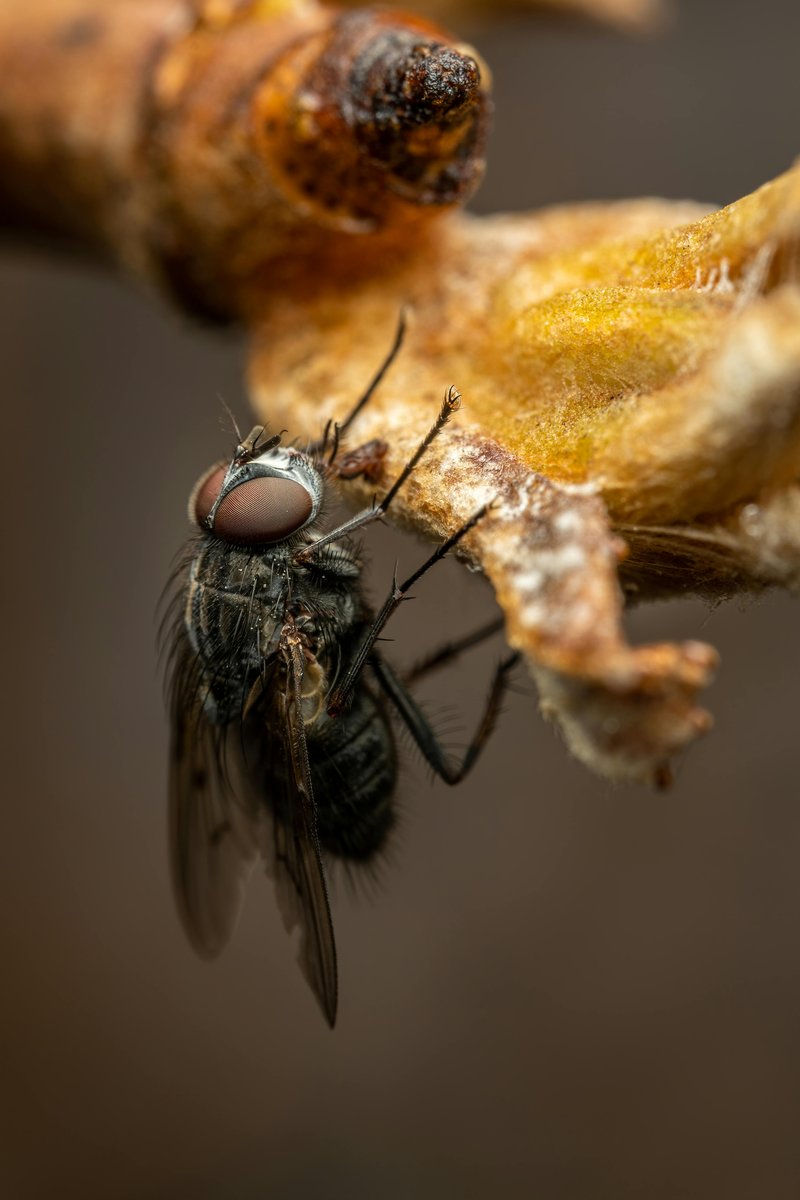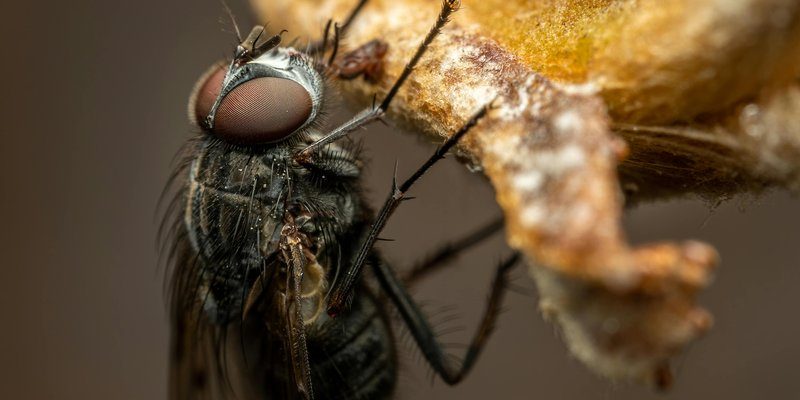
Think about a waiter in a restaurant, determining which table would best suit a couple looking for a romantic dinner. In the case of botflies, it’s not about ambiance but about survival and feeding. Let’s dive into the strange world of botflies and find out how they pick their hosts, why it matters, and the implications for both humans and animals.
What Are Botflies?
To understand how botflies select their hosts, let’s start by knowing what they actually are. Botflies belong to the family of *Oestridae*, and they’re fascinating insects known for their parasitic lifestyle. Most commonly, they target mammals, and yes, even humans can occasionally fall victim to them.
Botflies are not your run-of-the-mill flies. They are larger and have a distinct look, often resembling bumblebees with their robust bodies and furry appearance. But don’t let their fuzzy exterior fool you; the botfly life cycle is anything but cuddly. They lay their eggs on a host’s skin, and once hatched, the larvae burrow into the host’s flesh.
Just to clarify, there are several species of botflies, and each has its own preferred host. For example, the *Dermatobia hominis*, or the human botfly, targets humans directly, while others may prefer livestock like cattle or horses. Knowing their target audience is crucial for their survival.
How Do Botflies Find Their Hosts?
You might be wondering how these sneaky little insects locate their hosts in the first place. Here’s where things get really interesting. Botflies are primarily attracted to hosts through scent, particularly the smell of warmth and carbon dioxide—basically, the same things humans and other mammals exhale.
Let me explain this a bit further. Imagine you’re at a barbecue. The delicious aroma of grilled meat wafts through the air, drawing you toward the source. Botflies utilize similar methods. They track down warm-bodied creatures, using their sense of smell to hone in on potential hosts.
Additionally, they can detect movement. A rustle in the grass or the sound of footsteps can signal a possible host nearby. This combination of olfactory and auditory cues makes them formidable seekers in the wilderness.
The Egg-Laying Process
Now that we know how they find their hosts, let’s talk about what happens next—the egg-laying process, which is as bizarre as it sounds. When a female botfly finds a suitable host, she doesn’t just lay her eggs on the surface. Instead, she cleverly places them in a way that they can hatch and enter the host’s body.
For example, the human botfly lays her eggs on a mosquito. When the mosquito bites someone, the body heat causes the eggs to hatch and burrow into the skin. It’s like a three-step dinner service that’s painfully invasive for the host!
This strategy guarantees that the larvae have a nice, cozy place to grow while also ensuring that they have access to a food source—like your body’s blood supply. Honestly, it’s a smart, albeit unsettling tactic.
Host Selection by Species
Different species of botflies have different preferences when it comes to host selection. For instance, the human botfly tends to target people, while other types prefer livestock. This specialization is crucial because it maximizes the larvae’s chances of survival.
Here’s the thing: the choice of host isn’t entirely random. Botflies are often found in areas where their preferred hosts are abundant. For example, in rural or forested areas, the presence of mammals can attract certain types of botflies.
Additionally, some species may have specific host preferences based on size and body temperature, making them more effective at finding the right guests for their larvae.
The Implications of Botfly Infestations
So, why does it matter how botflies select their hosts? For one, infestations can lead to significant health problems for both animals and humans. Botflies can cause pain, inflammation, and even secondary infections as they burrow into the skin.
In animals, this can lead to loss of productivity, such as decreased milk production in cattle or even death in severe cases. For humans, while infestations are rare, they can be quite distressing and often require medical intervention to remove the larvae.
Understanding how botflies operate can help in preventing infestations. Being aware of the environments that attract these pests and taking precautions, like using insect repellent, can help reduce the risk of becoming a host.
Preventing Botfly Infestations
If you’re spending time outdoors, especially in areas known for botflies, it’s essential to take some precautions. Here are a few tips to minimize the chances of attracting these pesky parasites:
- Use insect repellent: Apply a strong insect repellent that contains DEET or another effective active ingredient.
- Avoid tall grass and brush: These are prime locations for botflies to lurk, so steer clear of overgrown areas.
- Wear protective clothing: If you’re in areas known for botflies, consider wearing long sleeves and pants to reduce skin exposure.
- Check for signs: After spending time outdoors, do a thorough check for any unusual bumps or bites.
By following these tips, you can significantly lower the odds of becoming a host for these fascinating yet unwelcome guests.
The Bottom Line
Botflies might seem like a strange corner of nature, but their host-selection process is a remarkable example of survival strategies in the wild. These insects have evolved to be efficient in finding hosts through scent and movement, ensuring their larvae’s survival.
While they play a unique role in the ecosystem, their infestations can pose health risks for both humans and animals. By understanding how botflies select their hosts and taking preventive measures, we can better protect ourselves and our furry friends from these creepy-crawly invaders.
So next time you’re outside enjoying nature, remember the fascinating yet slightly unsettling world of botflies—it’s a reminder of how interconnected and sometimes complicated our lives can be with the natural world around us.

